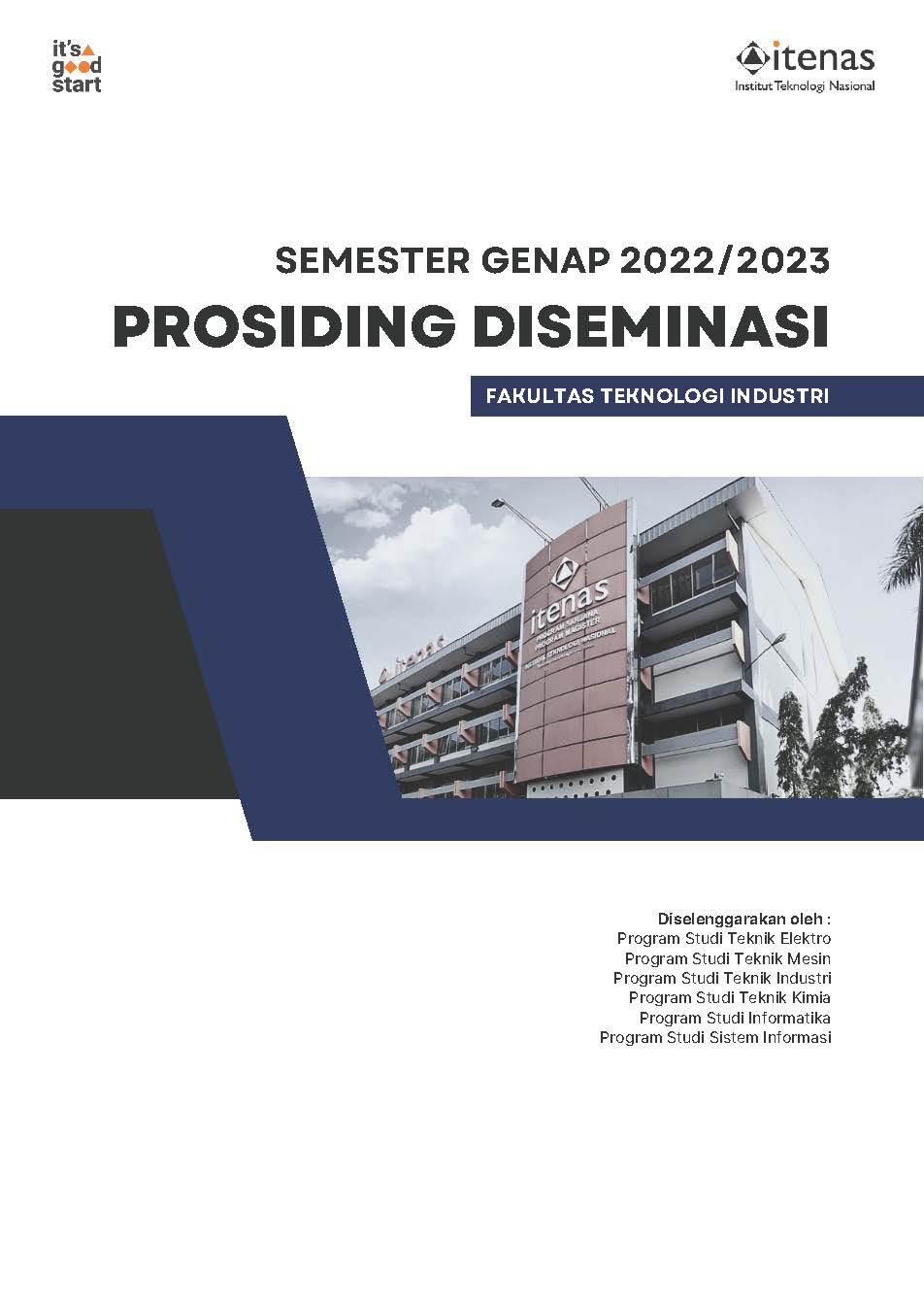Usulan Tata Letak Fasilitas dengan Menggunakan Computerized Relationship Layout Planning (CORELAP) di PT X
Keywords:
Perancangan Tata Letak Fasilitas, Computerized Relationship Layout Planning (CORELAP), Total Closeness Rating (TCR), Activity Relationship Chart (ARC).Abstract
ABSTRAK
PT X merupakan sebuah perusahaan manufaktur yang bergerak di bidang penyempurnaan benang atau yang biasa disebut dengan proses twisting benang. PT X berencana untuk merelokasi perusahaan dengan luas lokasi baru yang lebih luas dengan lokasi awal sehingga perusahaan membutuhkan layout baru. Berdasarkan permasalahan yang ada, program yang digunakan adalah program Computerized Relationship Layout Technique (CORELAP) di mana program ini adalah merupakan salah satu dari algoritma konstruksi yang pada prosesnya menggunakan hubungan kedekatan dalam pemilihan penempatan fasilitas. Hubungan kedekatan tersebut dinyatakan dalam Total Closeness Rating (TCR) yang menggunakan input dari Activity Relationship Chart (ARC). Hasil dari layout tersebut kemudian dievaluasi dengan menggunakan layout score untuk mendapatkan hasil layout score terkecil. Setelah dievaluasi, didapatkan bahwa iterasi 2 merupakan hasil layout terpilih dengan jumlah layout score terkecil sebesar 294 dan bahwa layout usulan tidak memiliki backtrack sehingga termasuk pada layout dengan tanda-tanda tata letak yang baik.
ABSTRACT
PT X is a manufacturing company that specializes in yarn improvement or what is commonly referred to as yarn twisting process. PT X plans to relocate the company with a new location that is bigger than the original location, so the company needs a new layout. Based on the existing problems, the program used for this problem is the Computerized Relationship Layout Technique (CORELAP) program where this program is one of the construction algorithms which in its process uses proximity relationships in selecting facility placements. The closeness relationship is stated in the Total Closeness Rating (TCR) which uses the input from the Activity Relationship Chart (ARC). The layout outcomes are then evaluated using the layout score method to determine which layout has the lowest score. Iteration 2 received the lowest layout score of 294 after review, and since the suggested layout had no backtracking, it was added to the layout that showed signs of being a good layout.





